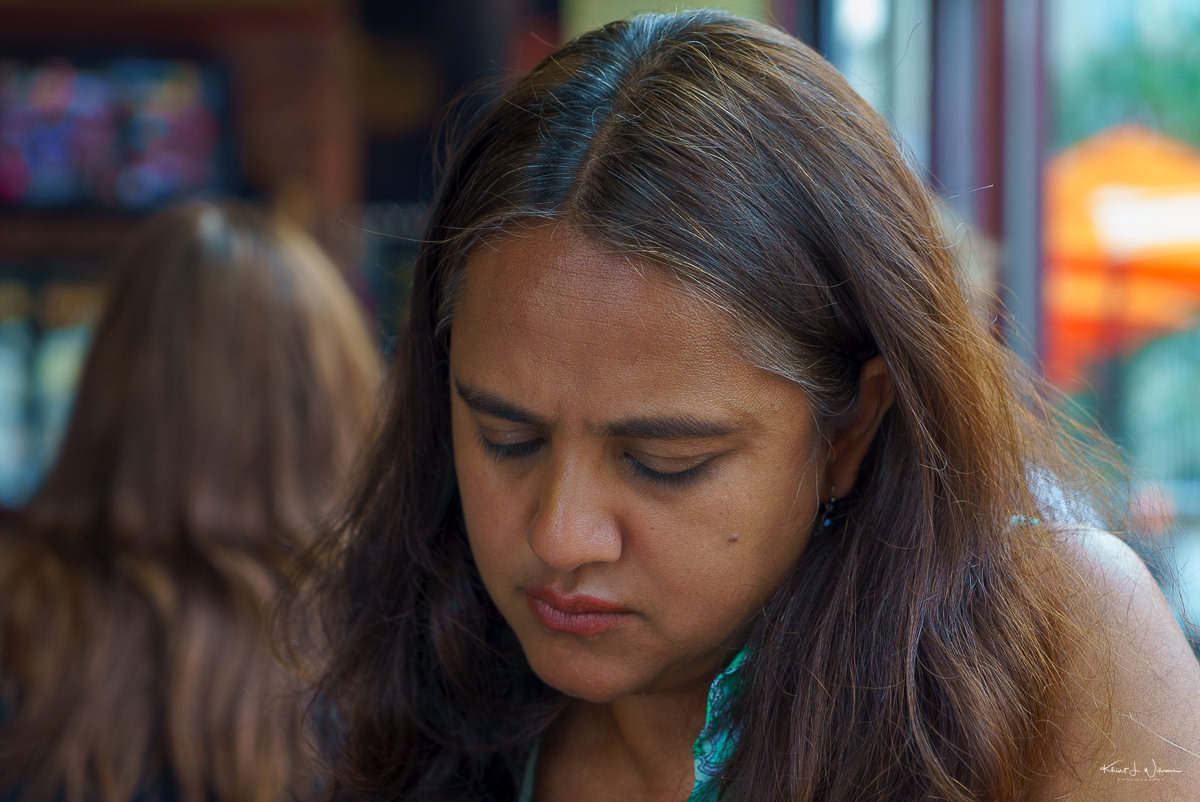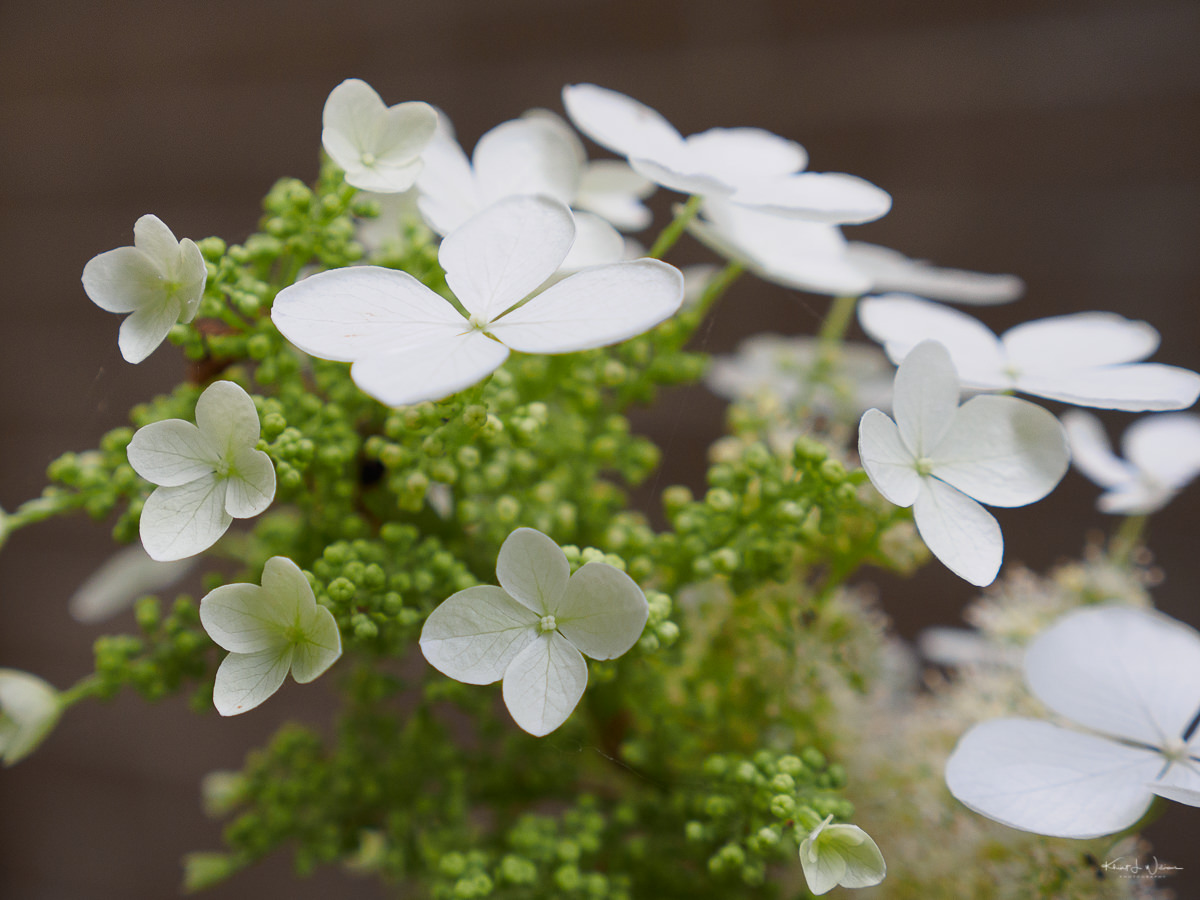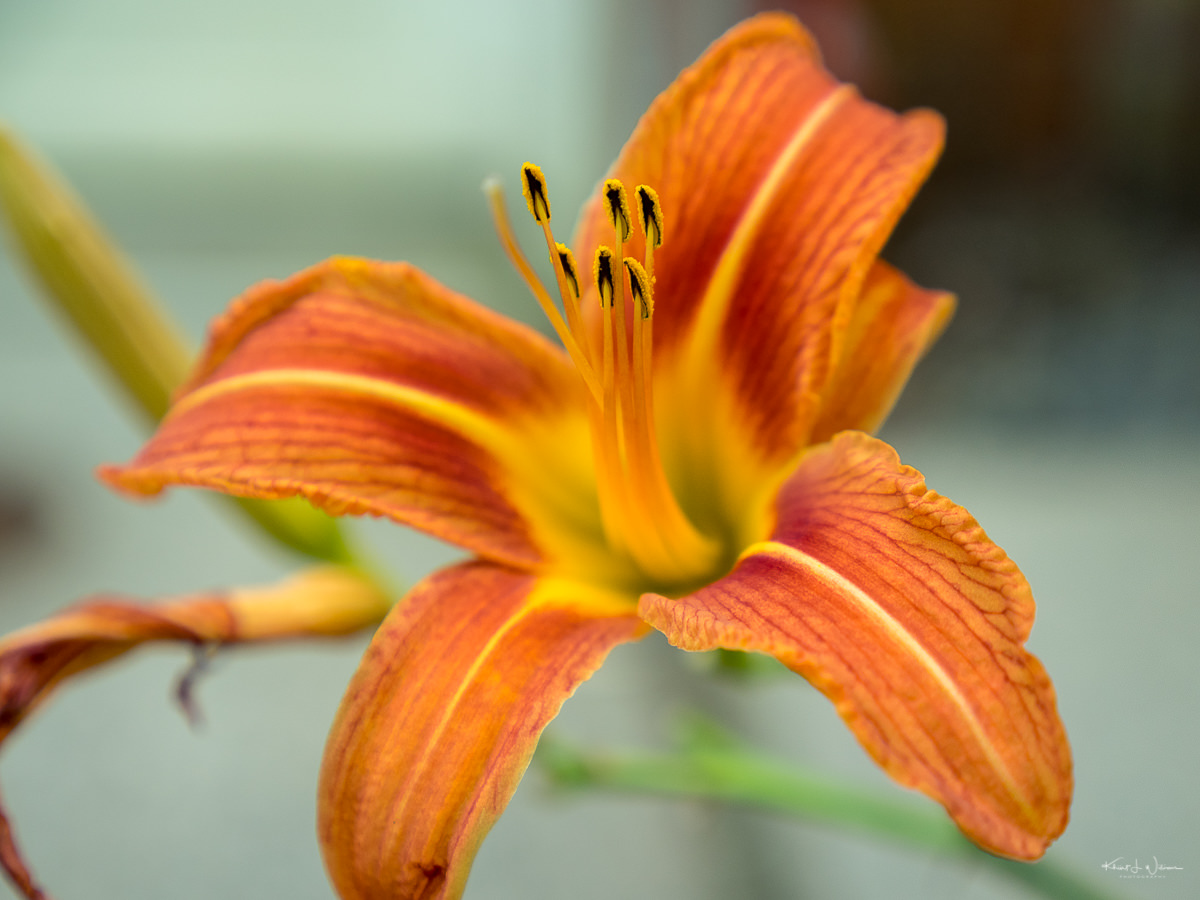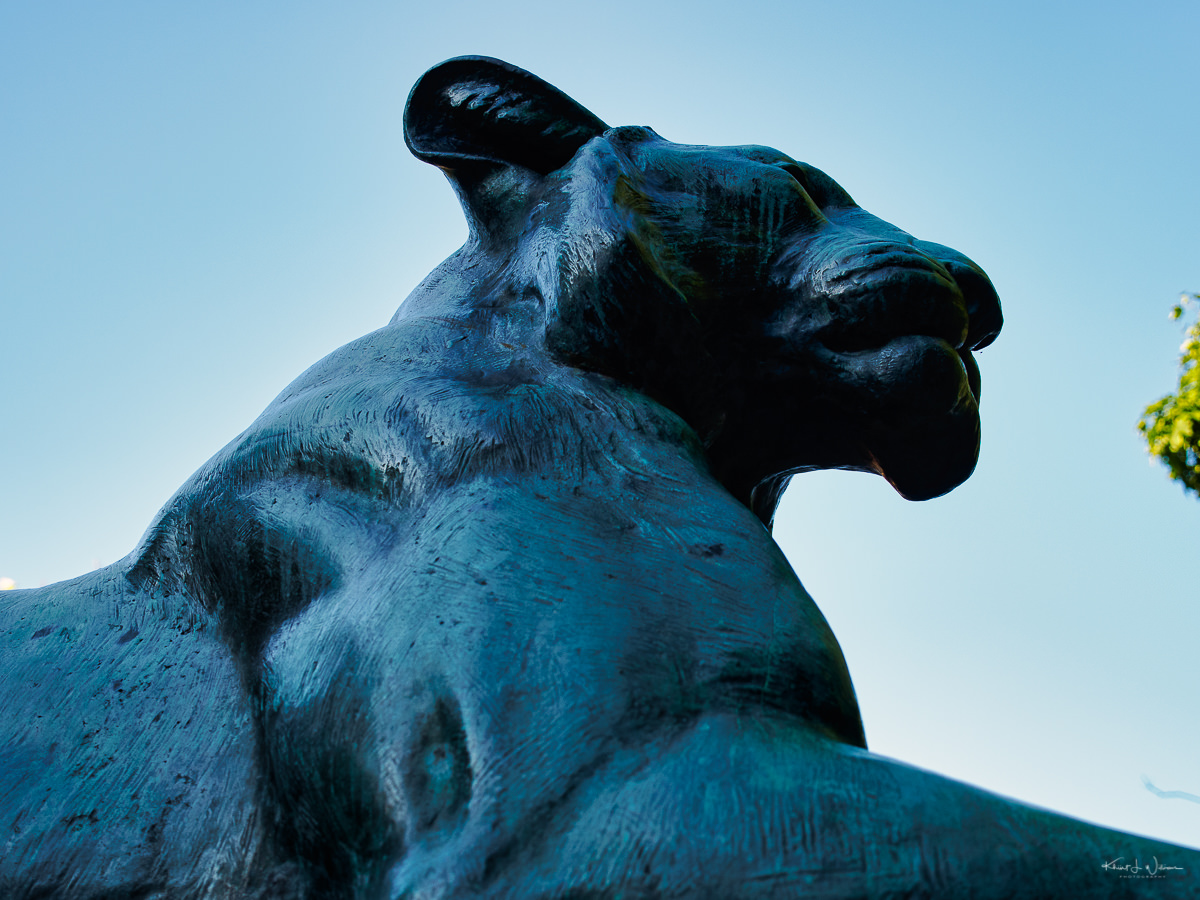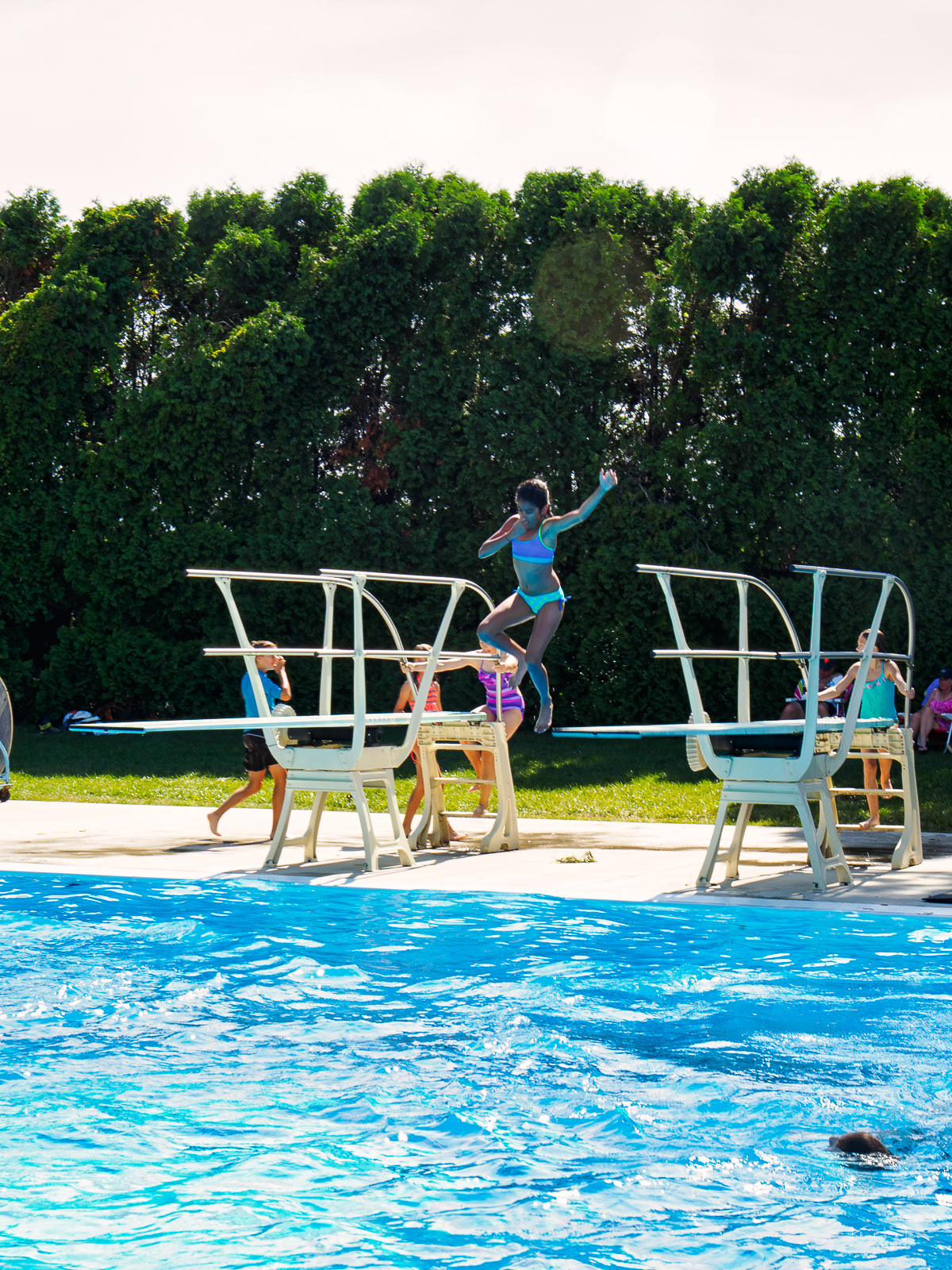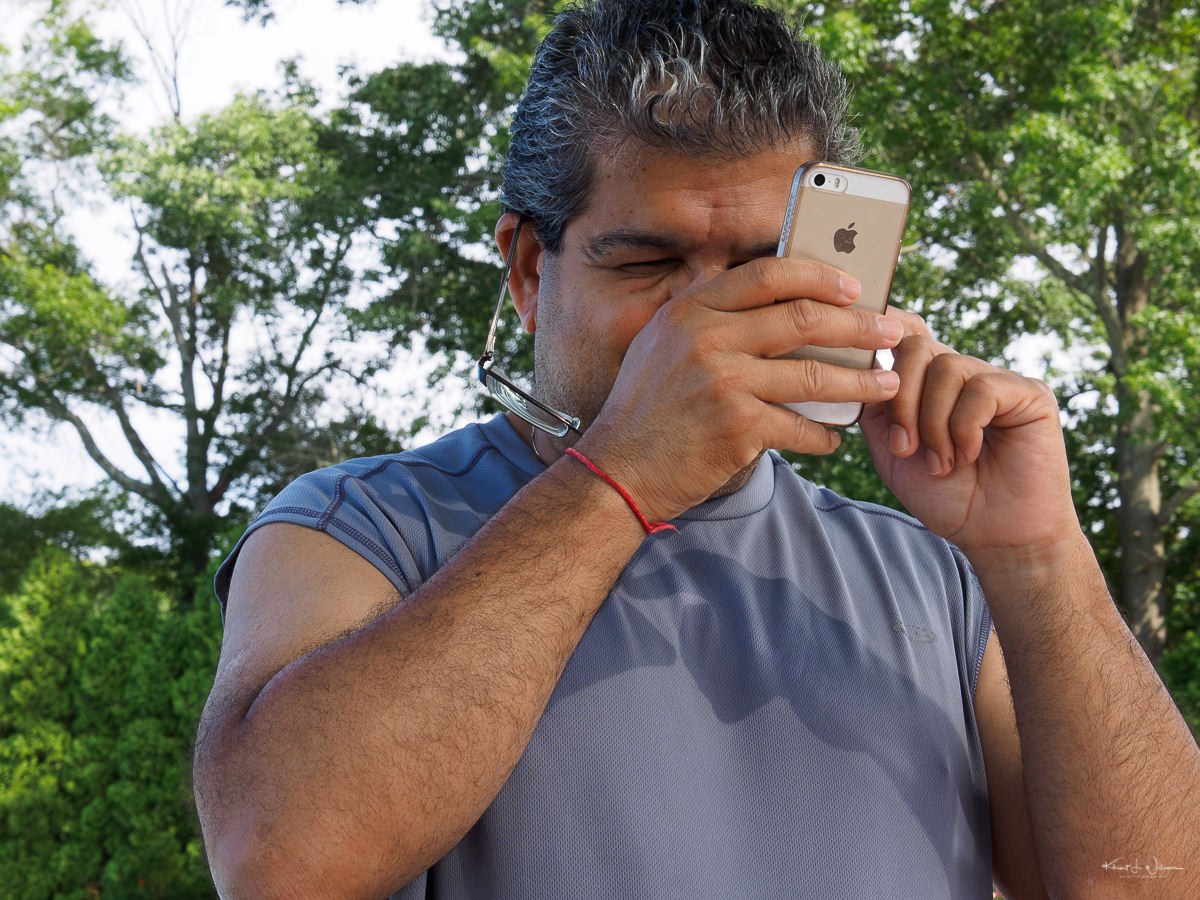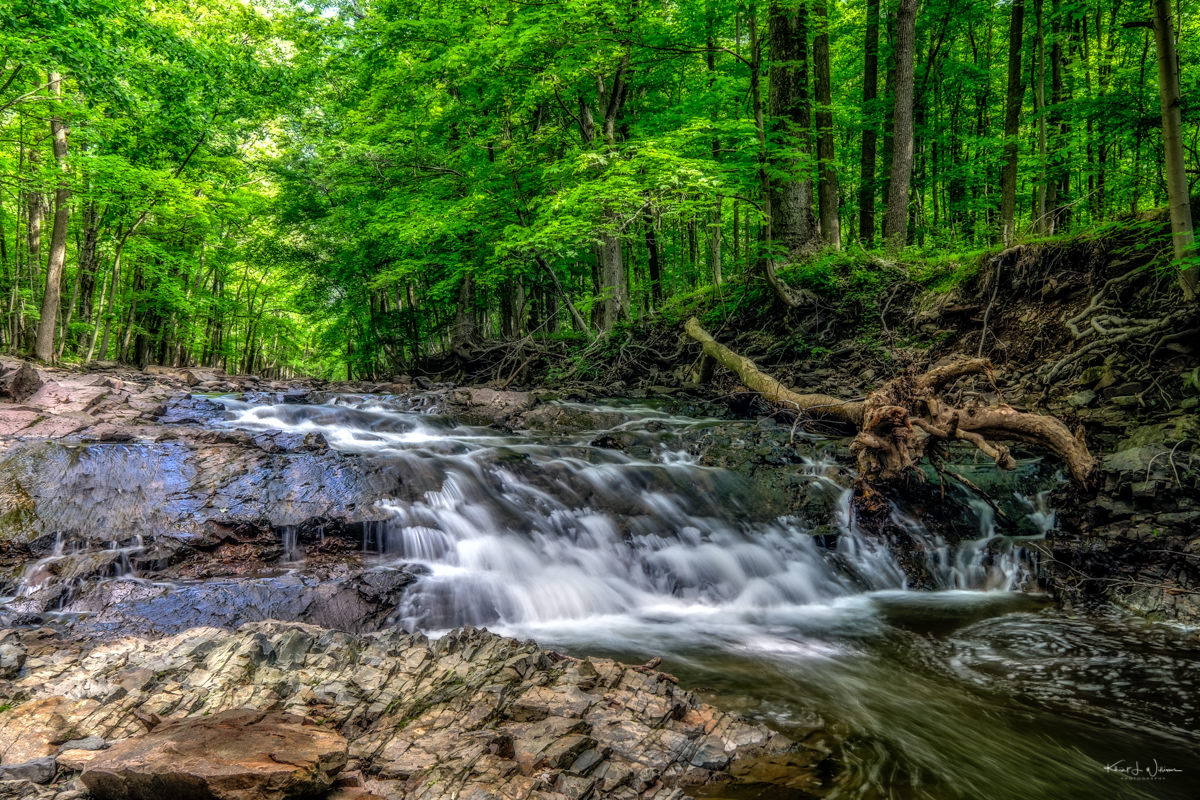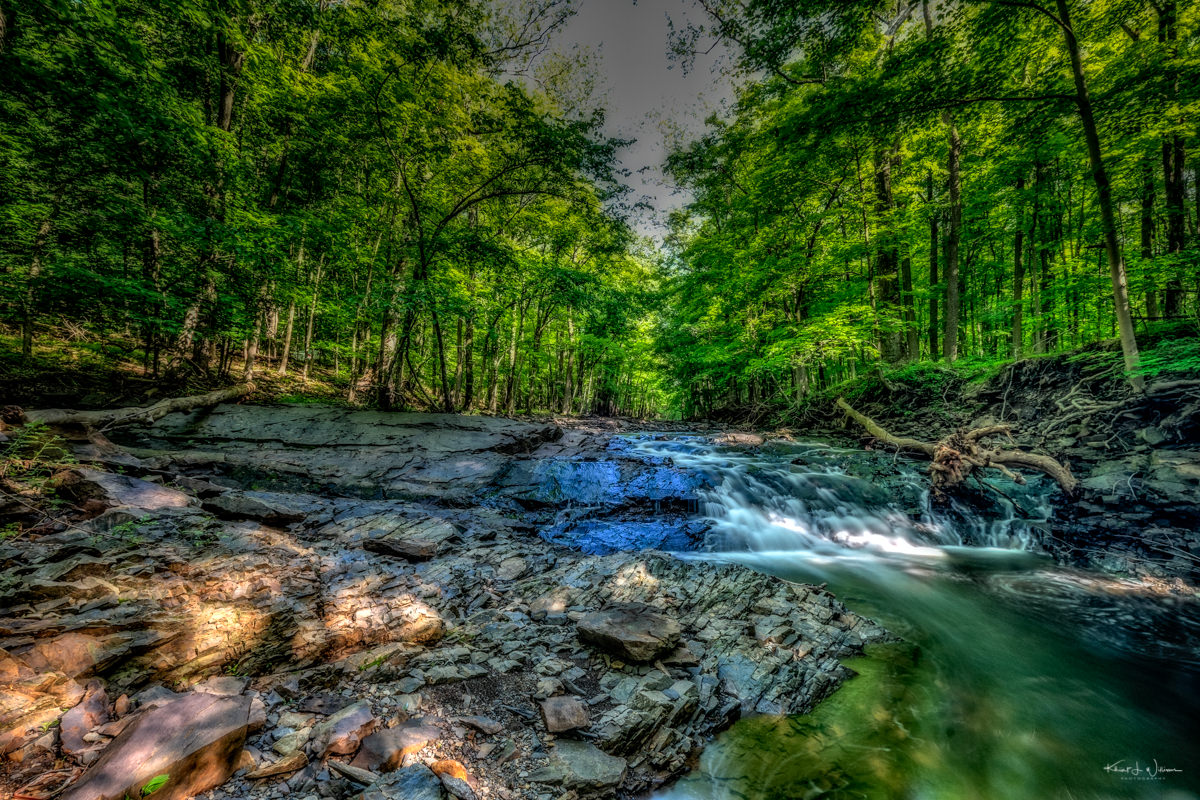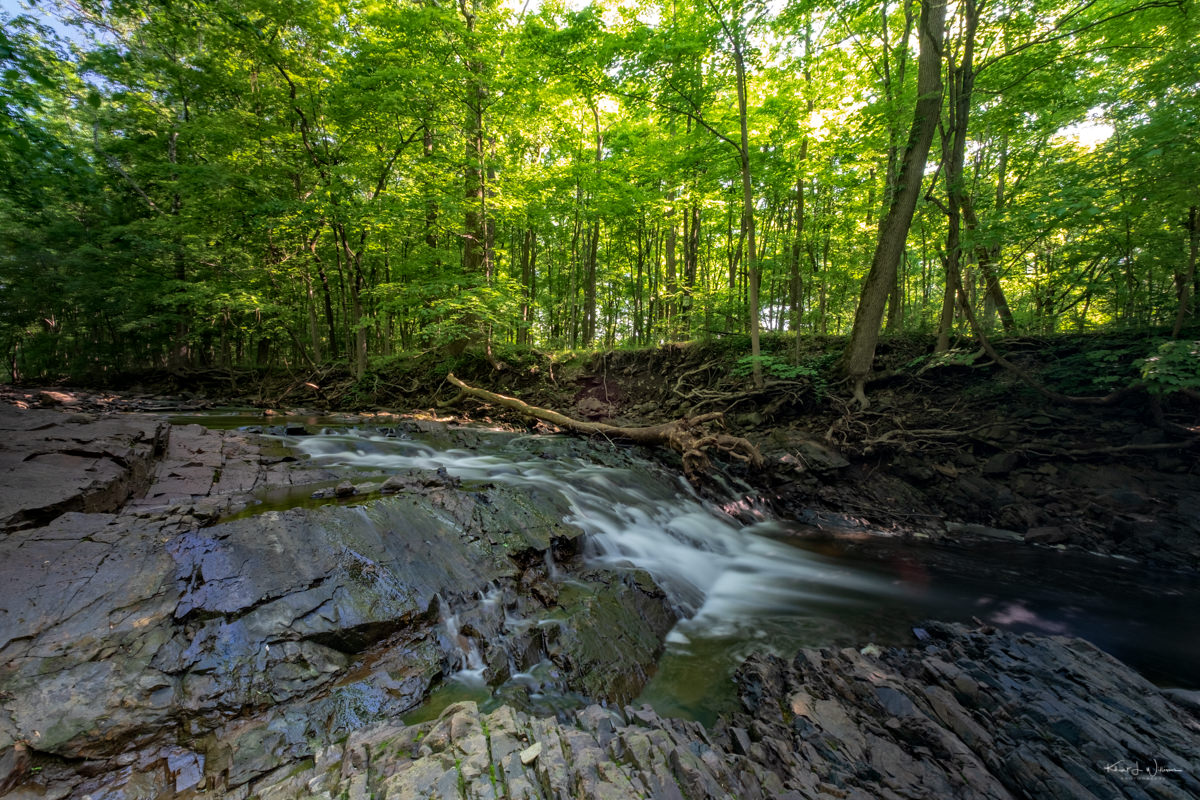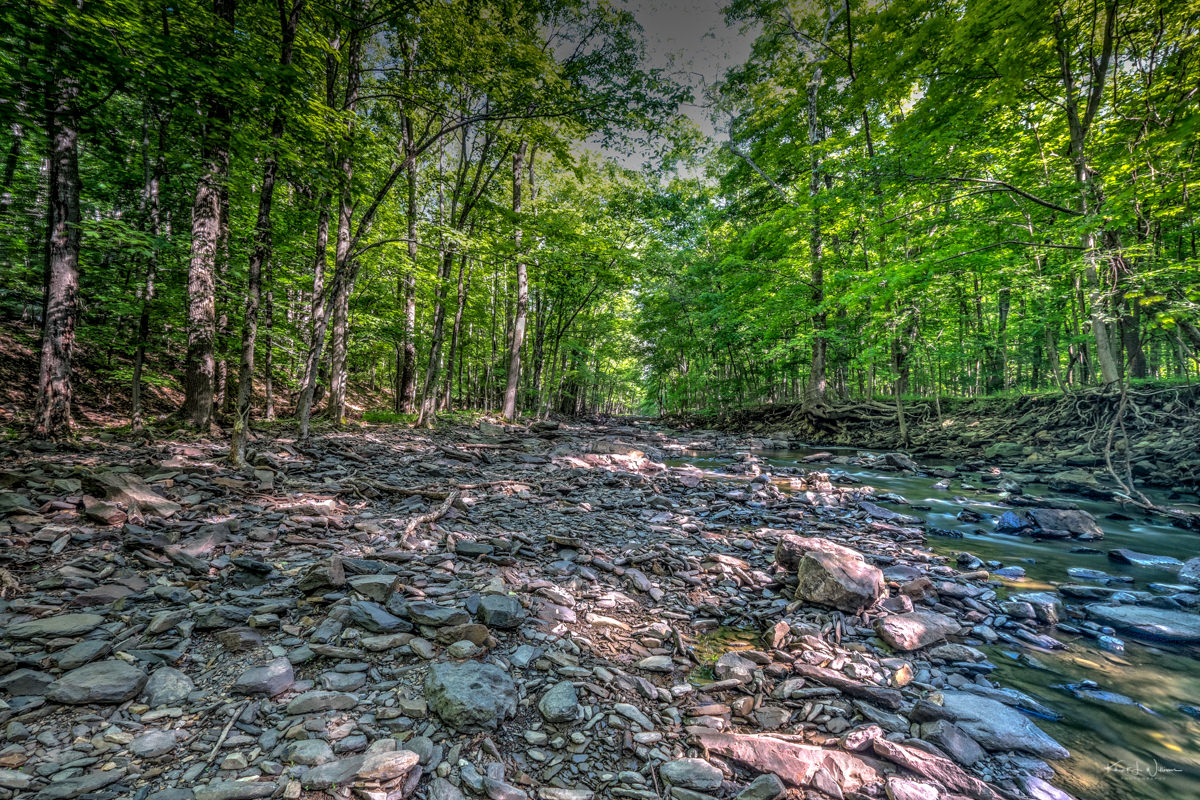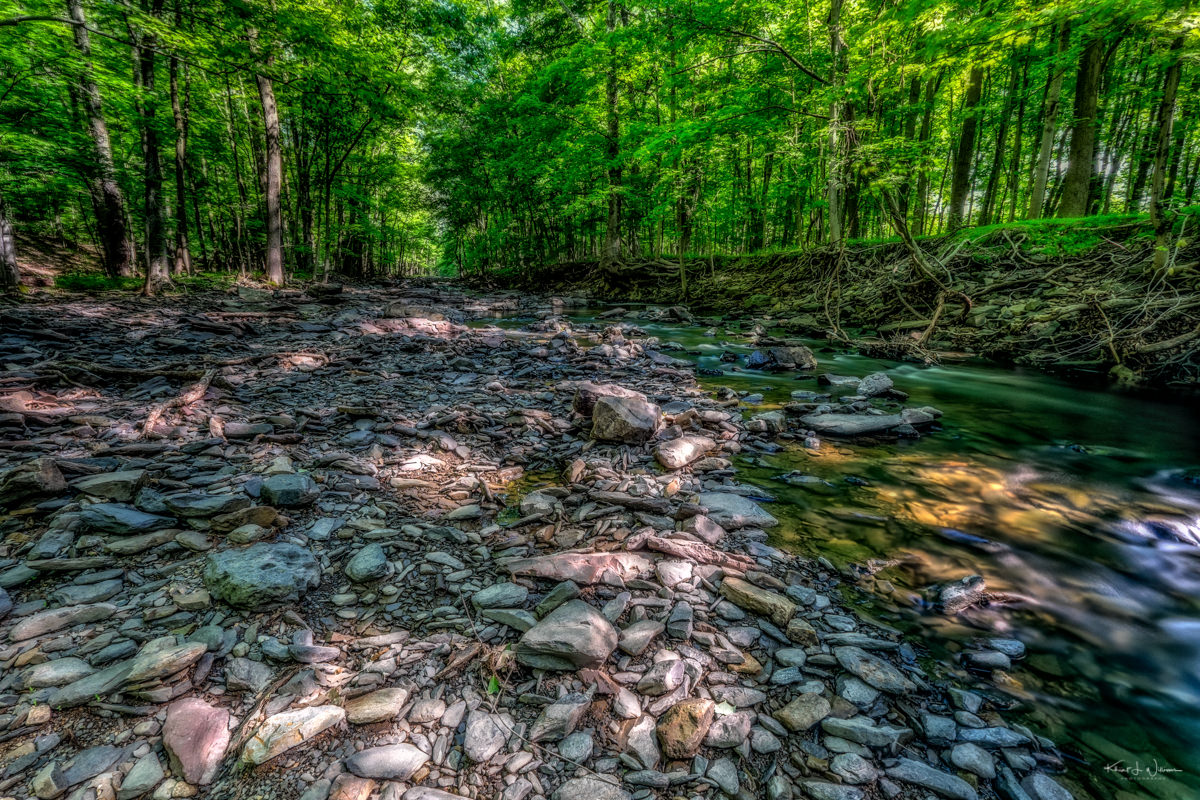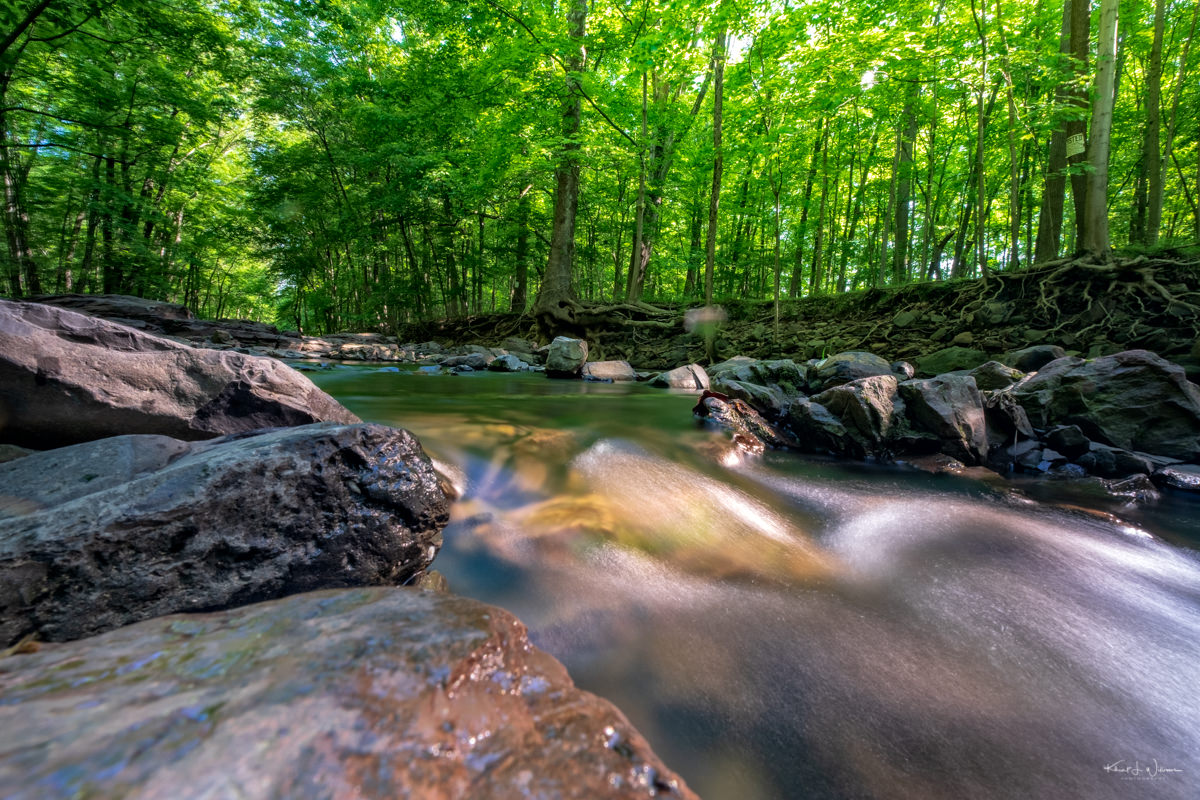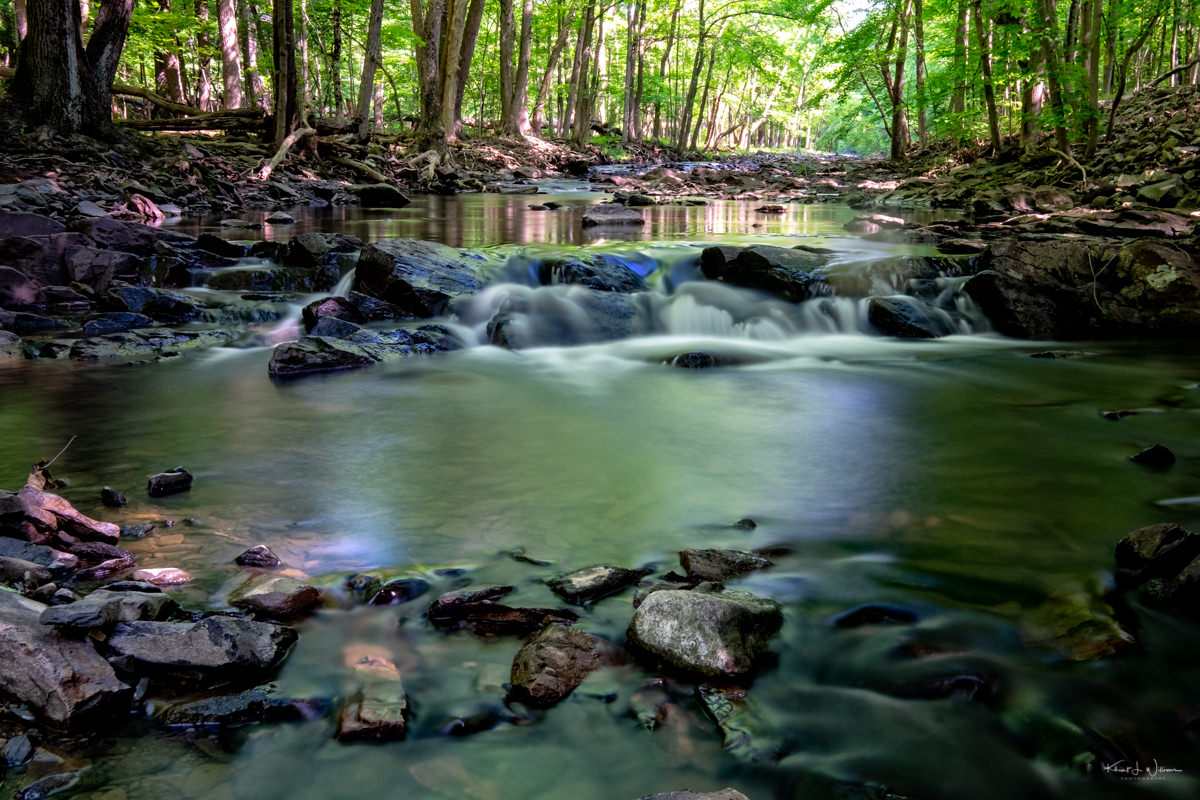Over the last year, I’ve rented a few compact interchangeable lens camera systems. Some were µ4/3 and some were APS-C. Some felt just right, and some felt too small. None were full-frame (35mm FF format).
I don’t care much about the debate over full-frame versus APS-C sensor size. I want to know the ease of use and a range of quality lenses for the camera system. All my photos live in digital format and are viewed online on a computer screen. The last time I made prints was in 2006. I share my pictures on social networks like Facebook and Google+. Image quality is very important, but the ease of use is even more important. All the cameras I’ve tested to this point have performed well.
My professional photographer friends Gevon Servo and Scott Wyden seemed to love the Sony α7 cameras. Gevon especially loves using his Sony α7 with his Nikon lenses. So I took advantage of the long weekend to rent a Sony α7s and Vario-Tessar T* FE 24-70 mm F4 ZA OSS. I think I’m in love.
The Sony α7s and Vario-Tessar T* FE 24-70 mm F4 ZA OSS feel solid. Professional. This was the same feeling I had when I used the Fuji X-T1. This is a modern-looking camera with a vintage camera build feel. I’ve hardly put it down since I unpacked the box from Lensrentals.
Last night I spent a few minutes poking around the menus and setting up the camera. This was more challenging than I would have liked. Setting aside that I am used to Nikon’s camera menu, finding things in the camera menus was more difficult.
One of the reasons I love the Fuji X-T1 was the access to manual controls for aperture, ISO and shutter speed. I didn’t have to mess around with hard-to-read menus. The Sony has fewer manual controls, and the menu system is quick but not as easy to navigate.
Connecting the Sony &alpha 7s to transfer images to my iPhone was easy. I’m very impressed, given how flaky doing the same thing on the Panasonic GM1 was. The Olympus OM-D M-1 and M-5 were not as hard to set up as the Panasonic but not as easy as the Sony.

Once I had the camera set up how I wanted, I took it to the local farmers market. One of my very first photos was of some colourful tomatoes displayed in a basket of produce from Chickadee Creek Farm. I shot these over to my iPhone via the built-in WiFi of the Sony. The image is straight out of the camera.
Transferring photos from the Sony to my iPhone and iPad was easy. I selected the Send to Smartphone option from the WiFi menu and selected one or more or all the photos I wanted to transfer. The camera told me to connect my iPad or iPhone to the indicated WiFi access point name and provided the password. Once my iPad or iPhone was connected, I launched the free Sony app, and the images were transferred. I am very impressed with how quickly the files transferred. In comparison, this transferred more slowly on the Olympus and the Fujifilm X-T1.
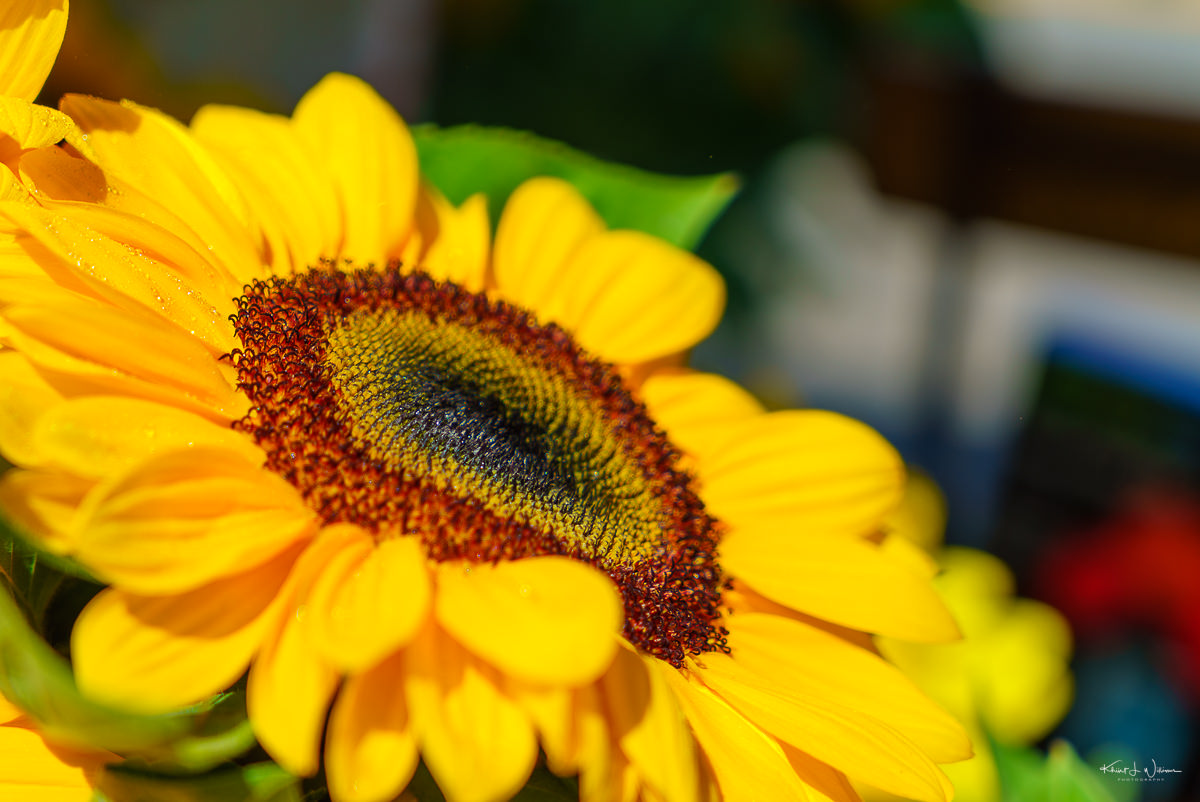
I love shooting with this camera. The electronic viewfinder (EVF) doesn’t get in the way, and focusing is fast. I love how the Sony &alpha 7s automatically switches from live view via the back LCD to the EVF when my eye is placed in the viewfinder cup. Though I didn’t do any tests, it feels faster than the Fujifilm X-T1 system. This isn’t as important to me as it was in the past – I shoot mostly landscape, and my kids are done with Tae Kwon Do –but I still have little nieces and nephews who seem to move faster than a locomotive.
Gevon uses his Nikon lenses with his Sony α7. He has an adapter that allows him to attach his Nikon lenses to the Sony. Unfortunately, the Nikon lens electronics aren’t compatible with the Sony. Focusing must be done manually. Gevon has suggested that auto-focus wasn’t that important because of the focus-peaking feature of the Sony &alpha 7s. I tested this out myself. It was easy to find and enable and worked like a charm. The Sony a7s highlighted yellow on the outlines of the object when it was in focus. Together with the manual focus assist – the &alpha 7s filled the viewfinder with a super zoomed-in section of the subject – I had no challenges manually focusing on my subject.

Another feature I wish I had in my Nikon is facial recognition. Although I prefer photographing landscapes and nature more than people, my wife and I attend many family gatherings. I’m almost always the designated photographer. The Sony α7s and Vario-Tessar T* FE 24-70 mm F4 ZA OSS produced some bokehlicious images
. Bhavna and I had lunch at World of Beer in New Brunswick.
This place is incredible! Hundreds of beers are available in draught or bottle. Bhavna and I were overwhelmed with choice. I washed down an interest interpretation of the classic Margherita pizza1 with an ale from Scotland that has kelp as one of the ingredients. World of Beer even has cocktails made with beer. I finished up my European style lunch with a “DON’T BE A JACKASS” cocktail2 and Bhavana had a “HOTI MOJITO”.
This will soon become my favourite restaurant!
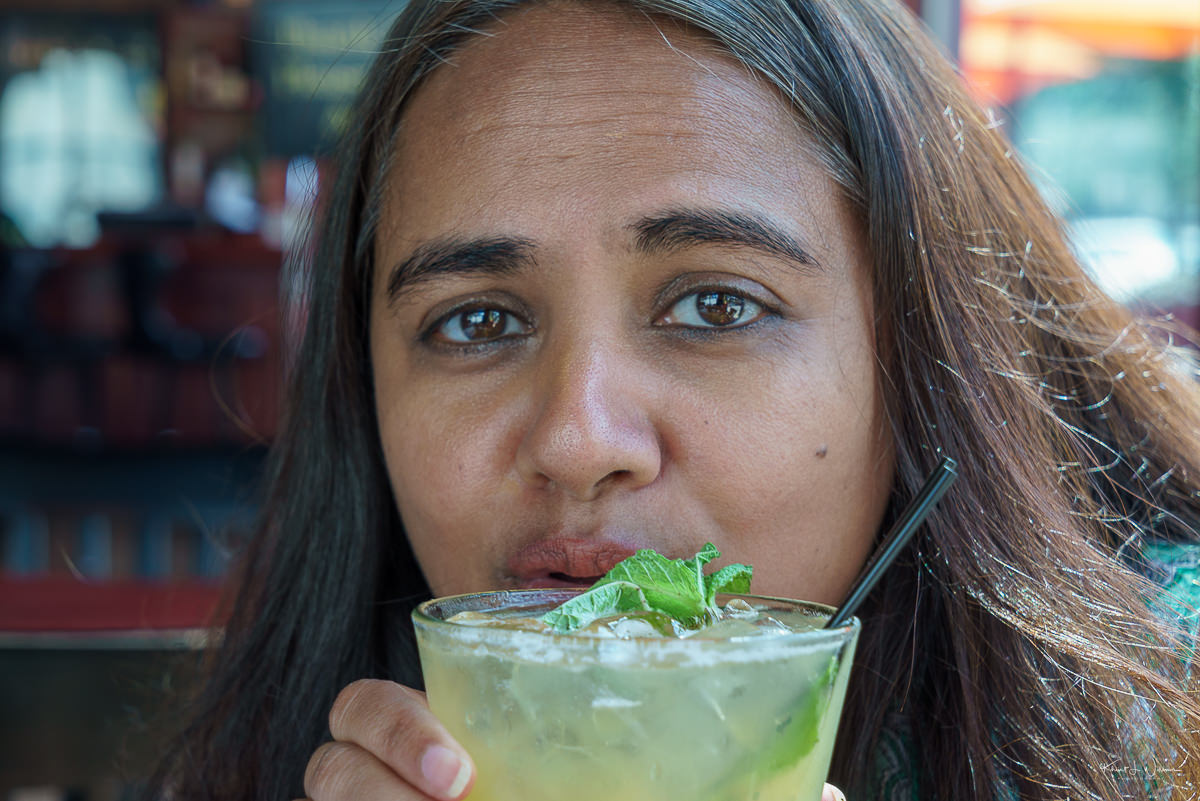
We spent part of the weekend car shopping. Bhavana’s mini-van is acting up. It’s almost 14 years old, so this is expected. We test-drove a new Honda CR-V and a new Acura RDX. A new RDX is outside our budget, but Bhavana liked the luxurious feel of the car. We tried negotiating for a 2013 certified pre-owned RDX. Alas, the dealer and we could not agree on a price, so we walked away without a new car.

Tomorrow, I have to return the camera to lensrentals.com, and I wish I didn’t have to. Although I only had the camera for a weekend, I loved it. Beautiful images. This is the Sony α7s. It’s on my Amazon.com wish list. I finished up the weekend with a delicious and refreshing ale from the Williams Brothers Brewery in Scotland.
